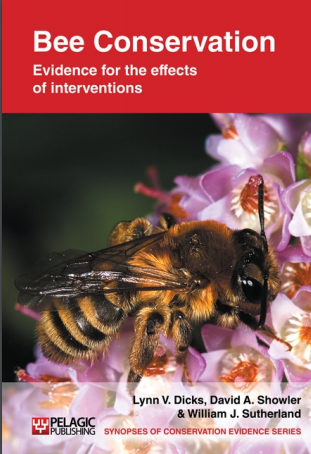Manage hedges to benefit bees
-
Overall effectiveness category Awaiting assessment
-
Number of studies: 1
View assessment score
Hide assessment score
How is the evidence assessed?
-
Effectiveness
not assessed -
Certainty
not assessed -
Harms
not assessed
Study locations
Supporting evidence from individual studies
A replicated, controlled trial of the Rural Stewardship agri-environment scheme on five farms in Scotland found that hedgerows dominated by hawthorn Crataegus monogyna or blackthorn Prunus spinosa were less attractive than field margins or grasslands to nest-searching queen bumblebees Bombus spp. in April and May (Lye et al. 2009). There was no significant difference in numbers of foraging or nesting queens between hedgerows managed under the agri-environment scheme (winter cut every three years, gaps filled, vegetation below unmown and unsprayed) and conventionally managed hedgerows. The study took place before the woody species comprising the hedgerow came into flower.
Study and other actions tested
Where has this evidence come from?
List of journals searched by synopsis
All the journals searched for all synopses
This Action forms part of the Action Synopsis:
Bee Conservation
Bee Conservation - Published 2010
Bee Synopsis





)_2023.JPG)














